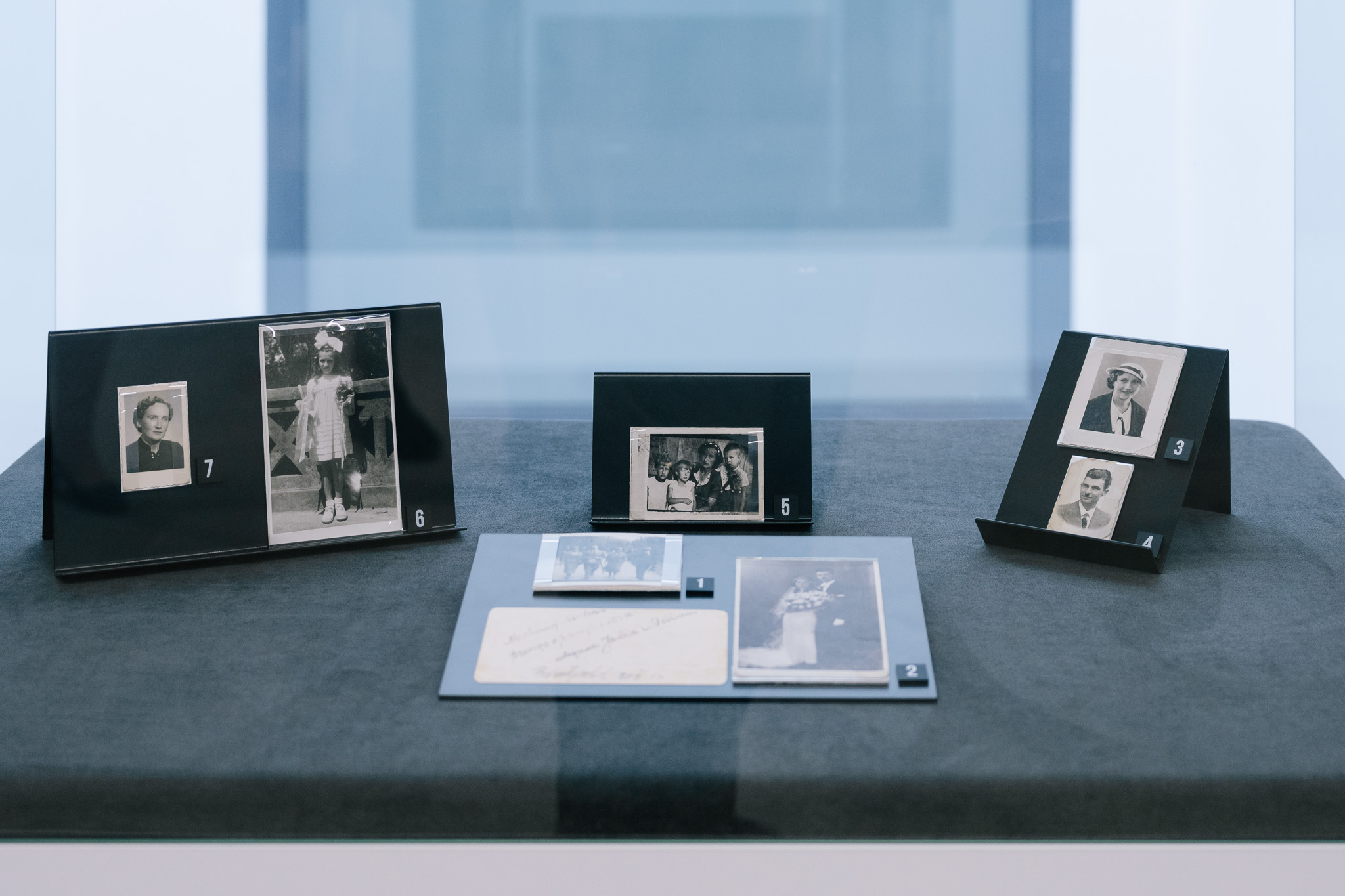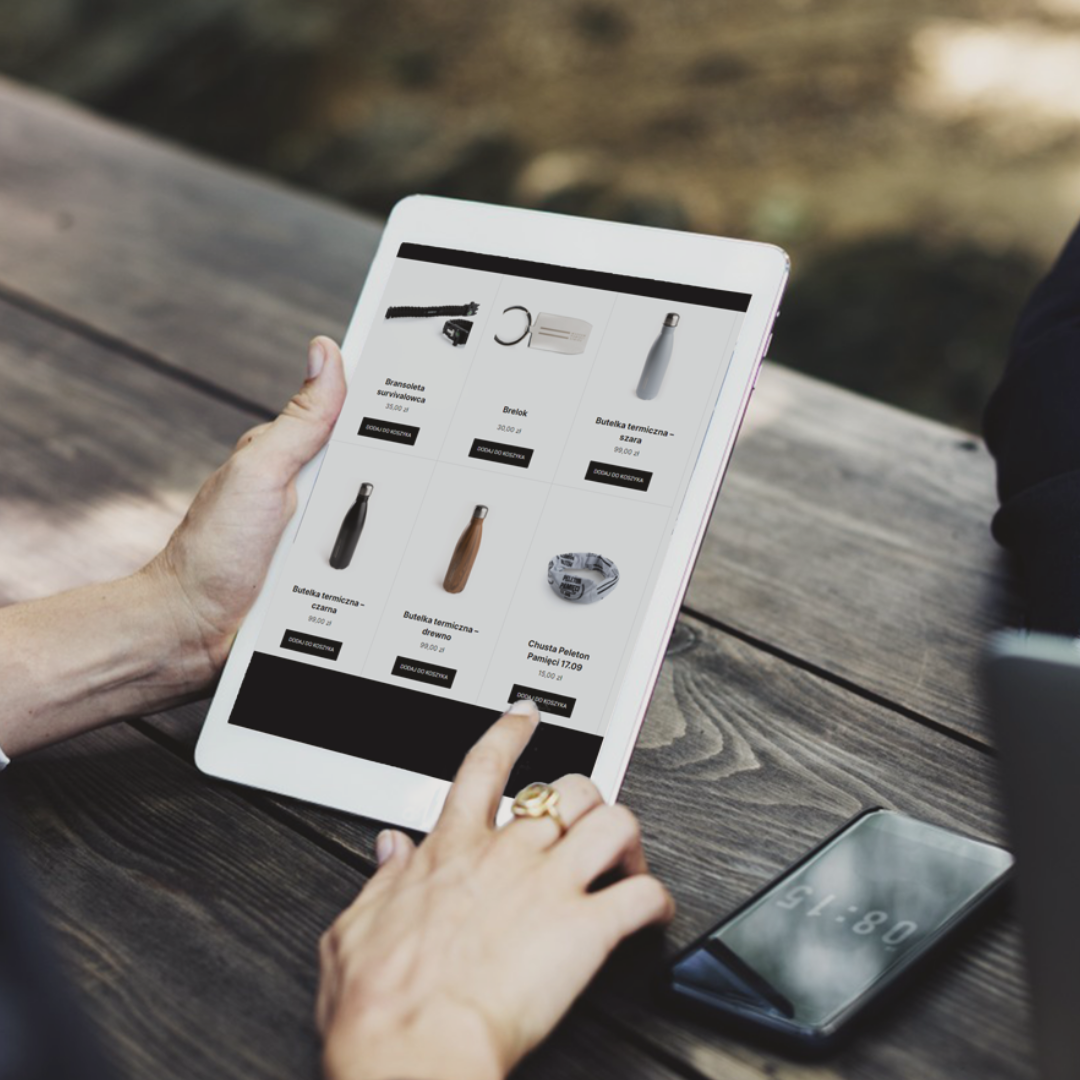The March exhibit refers to International Women’s Day — we show photographs of one of the women who experienced Siberia. The photos were given to us by her daughter, who was born in Siberia.
— We emphasize the role of women. We dedicated our first temporary exhibition to them and their experience of Siberia — said the Director of the Sybir Memorial Museum, Professor Wojciech Śleszyński, welcoming guests gathered on the presentation of the ‘Exhibit of the Month’.
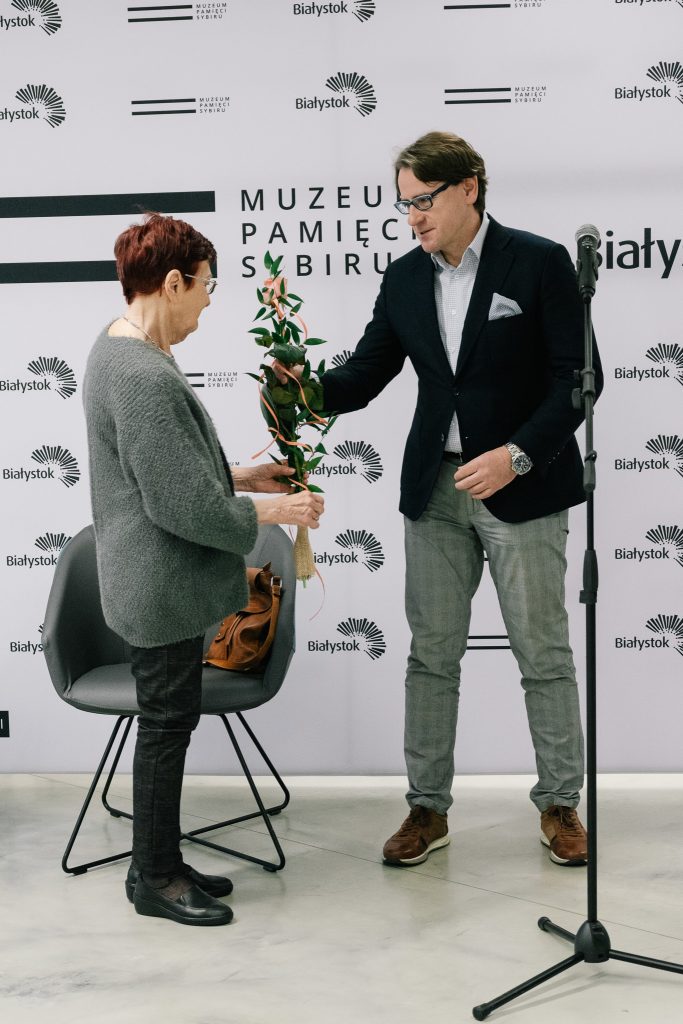
Mrs. Teresa Borowska is one of the people involved in the Siberian life of Białystok (she serves as the Deputy President of the Białystok Branch of the Association of Siberian Deportees) and in cooperation with the Sybir Memorial Museum. Among other things, she collaborated with a team of curators preparing our first temporary exhibition ‘Only Pain is Mine’. She is also a laureate of our award — ‘Friend of the Sybir Memorial Museum’ statuette.
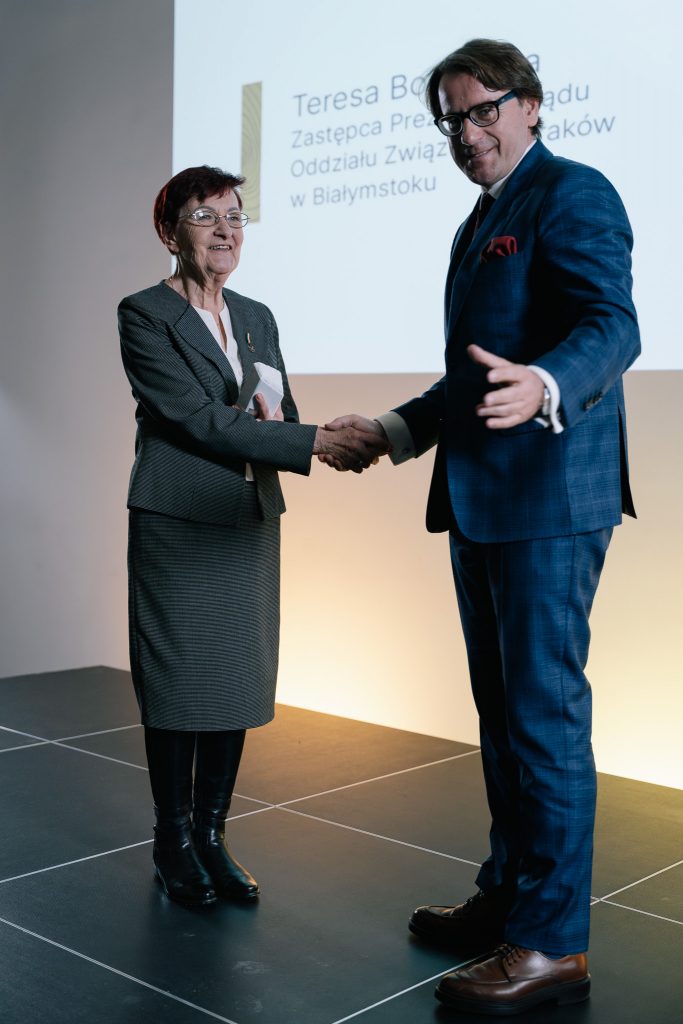
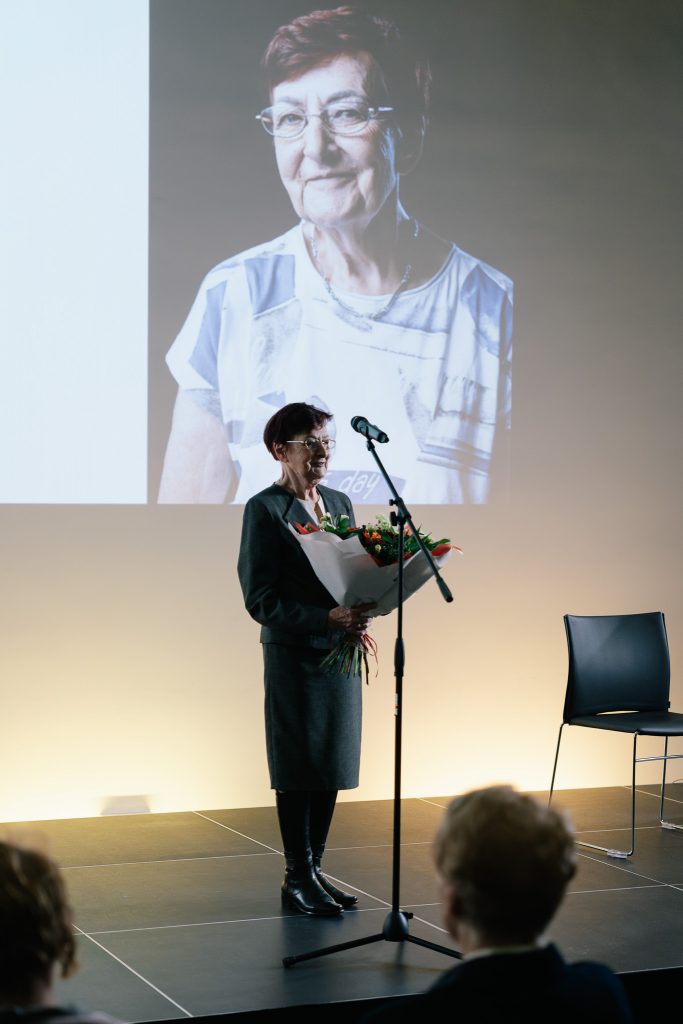
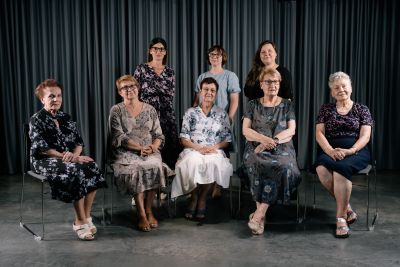
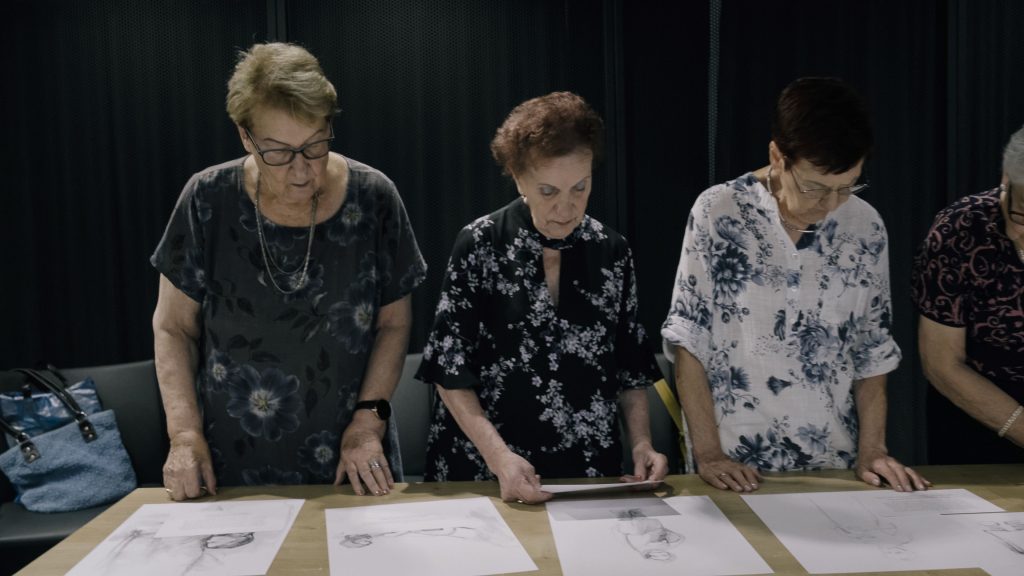
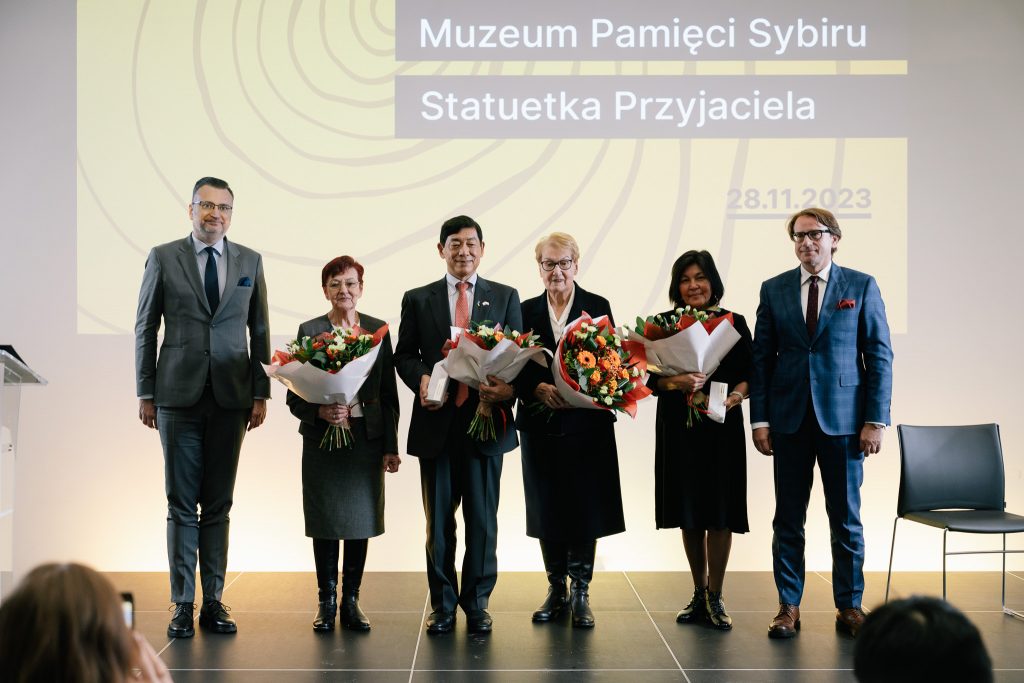
Even before the official opening of the Museum, Teresa Borowska supported us in the process of taking over the collections from the Museum of Sybiraks, organized years ago by Sybiraks from Białystok in the church of Holy Spirit. In 2023, she also donated her personal memorabilia to the collection of the Sybir Memorial Museum — and from this resource we selected the photographs presented in March 2024 as the ‘Exhibit of the Month’.
The display case in our hall presents photos showing, most of all, Teresa Borowska’s mother, i.e. Jadwiga Walkiewicz née Roszkowska.
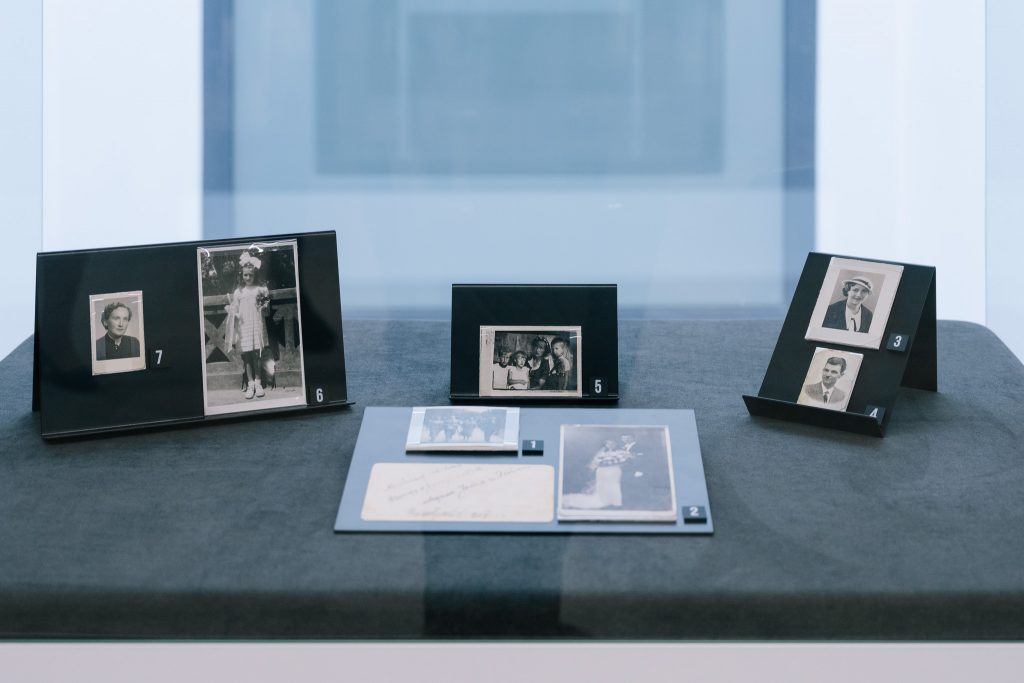
Jadwiga Roszkowska married Leopold Walkiewicz in 1933. After three years, their first daughter, Jolanta, was born, and in 1939 their son, Zdzisław. The Walkiewicz family lived in Białystok, where Leopold worked as an accountant at the Provincial Office, and Jadwiga took care of the house. Unfortunately, their peaceful life was brutally interrupted by the outbreak of World War II.
In June 1941, as part of the fourth mass deportation, the Soviets, who had occupied Białystok for almost two years, deported Jadwiga — who was seven months pregnant — with her daughter and son.
Leopold was not deported because he had previously been arrested by the NKVD and was in a Soviet prison. After many days of travel, the mother and her children reached the Lebezhinsky sovkhoz in the Altai Krai.
There, in September 1941, Jadwiga gave birth to her second daughter — Teresa. Immediately afterwards, the family moved to Stara Barda and then to Biysk. In September 1945, they managed to return to their hometown, Białystok.
Unfortunately, they were no longer able to meet Leopold, who was murdered in 1944 in the Gestapo prison at Aleja Szucha in Warsaw.
During the inaugural meeting of the ‘Exhibit of the Month’, Teresa Borowska talked about her faint memories of her early childhood spent deep in the USSR:
– Reciting a poem in front of a group of adults, that is my first memory. My mother put me in a dress and placed me on a stool. I also remember the smell of bread and how, back in Białystok, my mother placed a plate of gruel in front of me. I pushed him away and said, ‘Mom, let me eat!’. Because potatoes were like food for me.
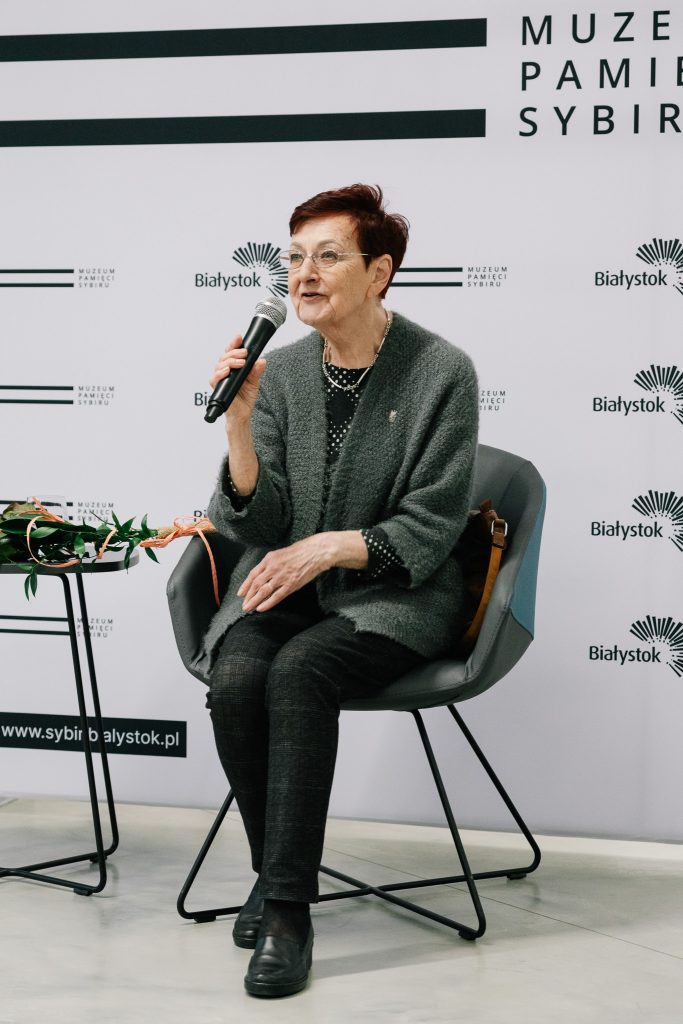
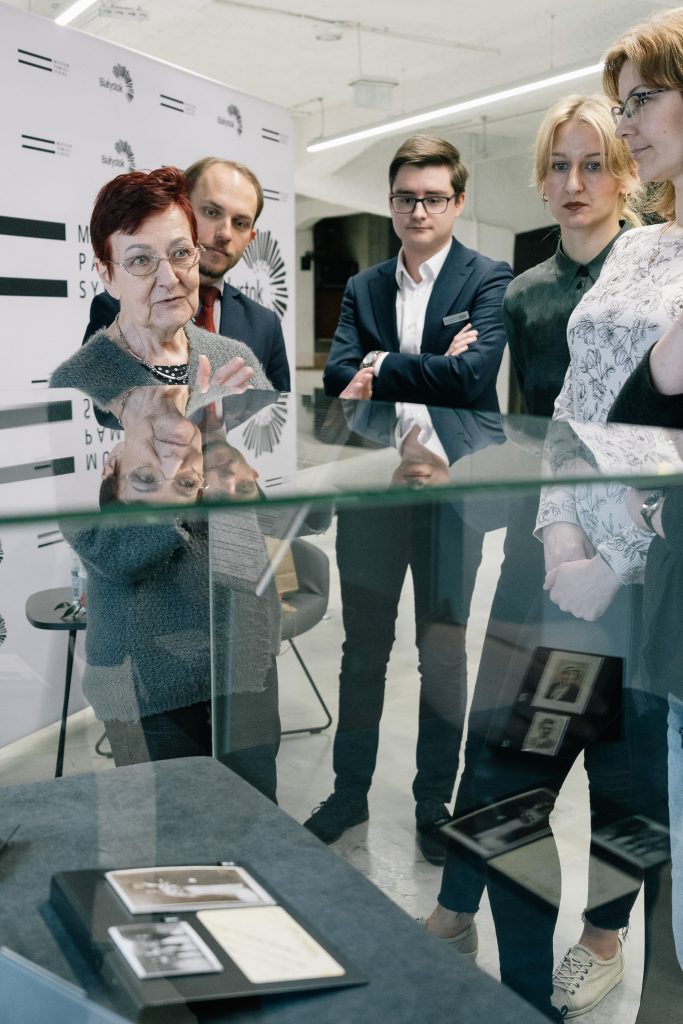
Digging potatoes was one of the jobs that Jadwiga Walkiewicz had to do to have money to feed her children. — The Russian women working there explained to my mother on the very first day how to pick them — said Teresa Borowska. ‘Silly, hectares are what counts here, not how much you pick. Select only some of them and bury the rest for later, you will come, dig them out and you have something to eat,’ —they made a Polish woman, tired after a day of carefully selecting tubers from the mounds aware of it.
The meeting with the Sybirak ended with a presentation on securing archival photographs in the conservation workshop of the Sybir Memorial Museum. Our conservator, Eliza Naumiuk talked about the secrets of her work.
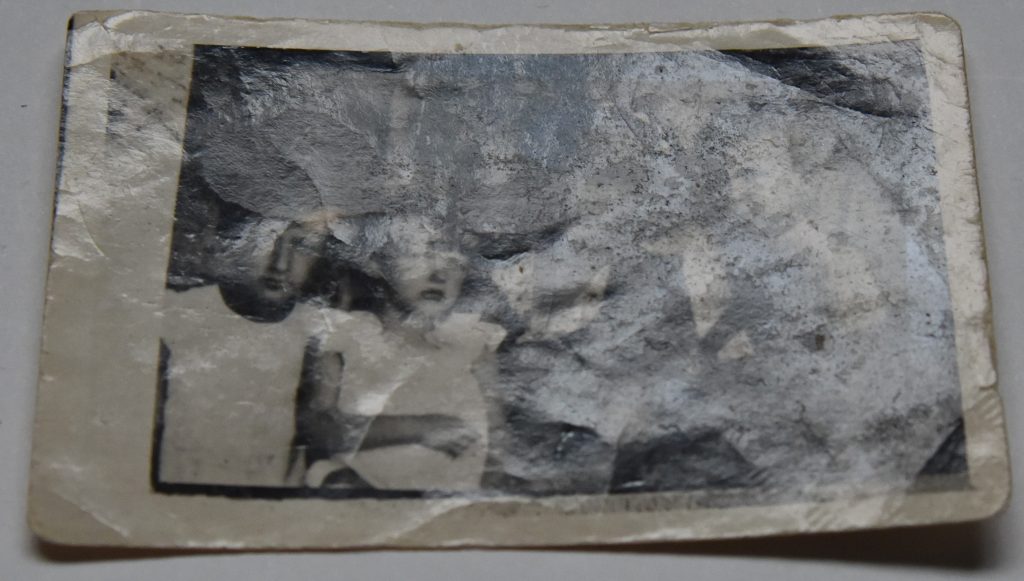
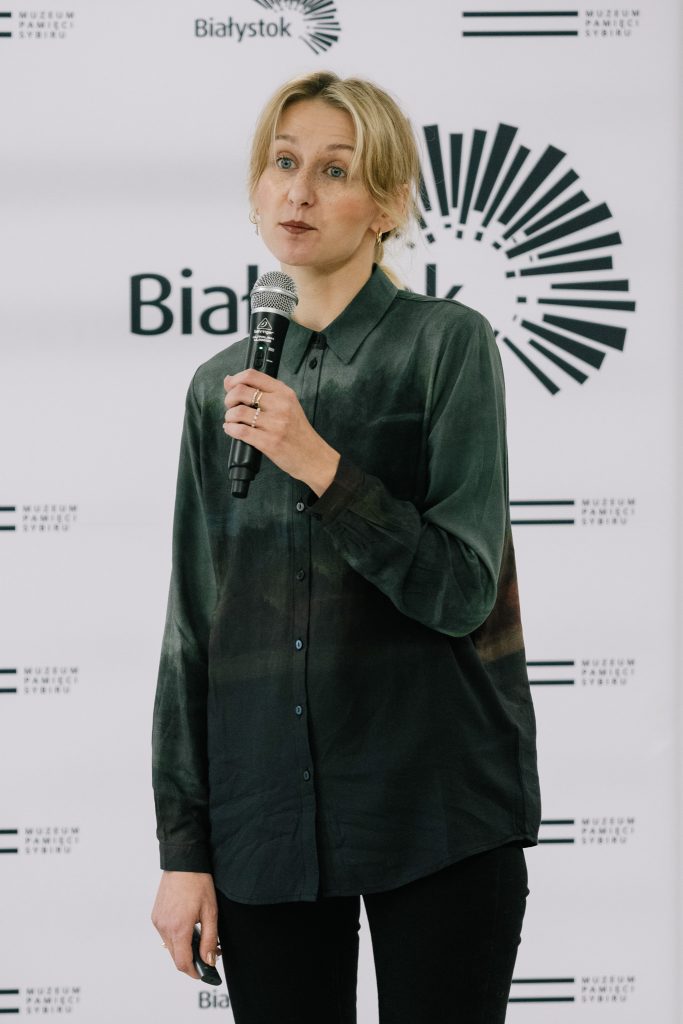
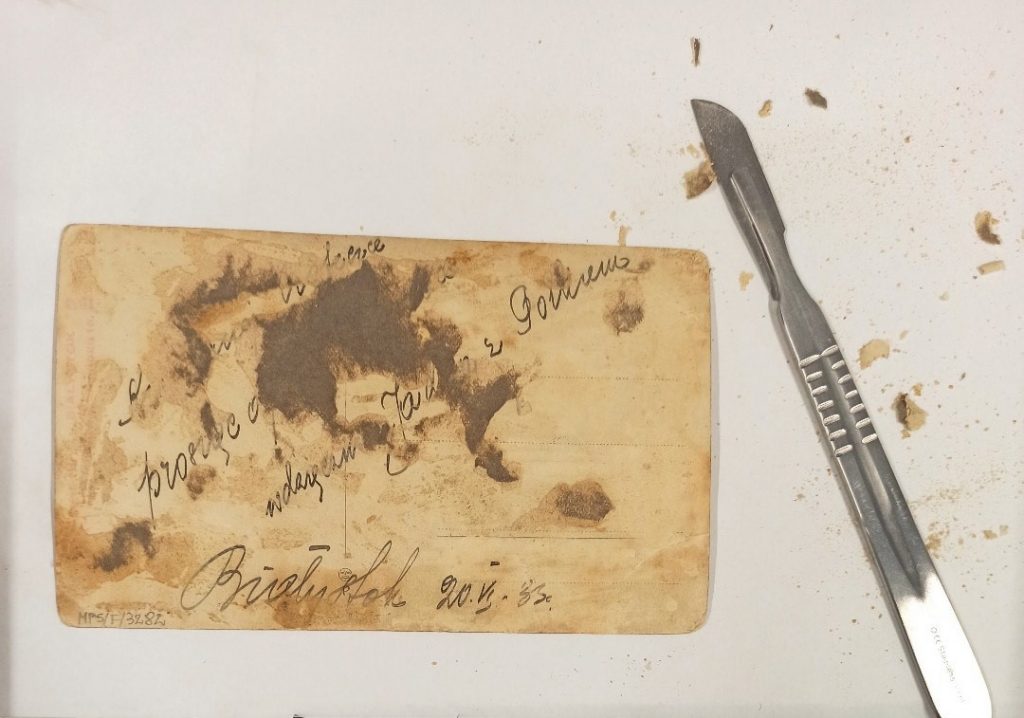
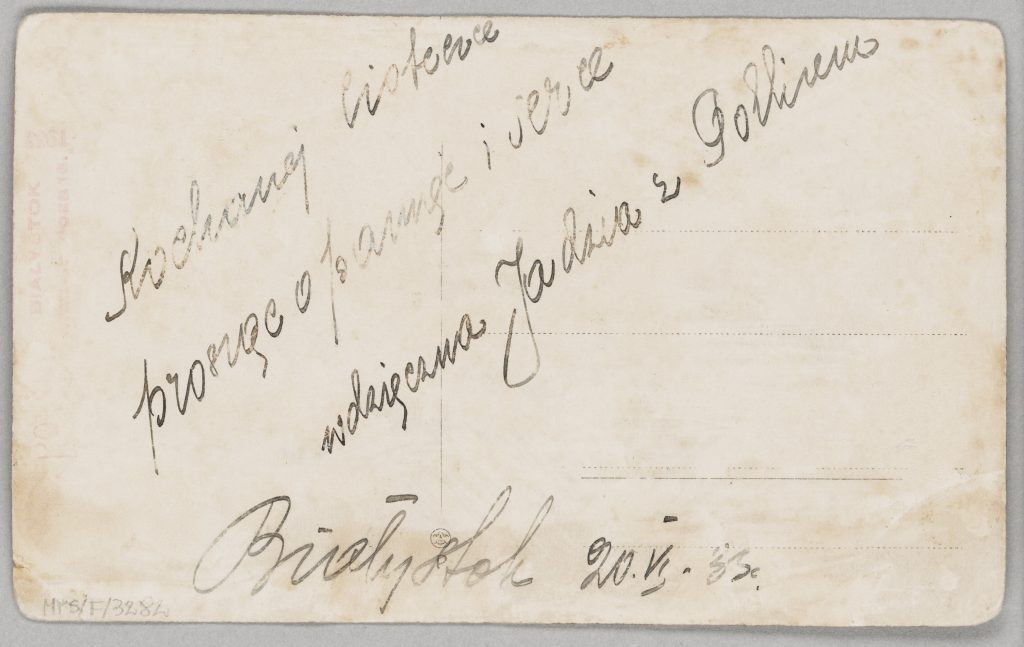
— We are grateful for all the objects donated to our collection. We deal with them with great care — she emphasized. — In the case of photography, conservation is a very complex and problematic process. This is due to the variety of techniques and photographic materials used. All types of prints are very sensitive and susceptible to damage — she said.
— The most important thing is protecting collections against mechanical damage and the influence of destructive external factors, such as light, increased air humidity or too high temperature. The task of a museum conservator is to stop destructive processes and protect against their occurrence — explained Eliza Naumiuk.
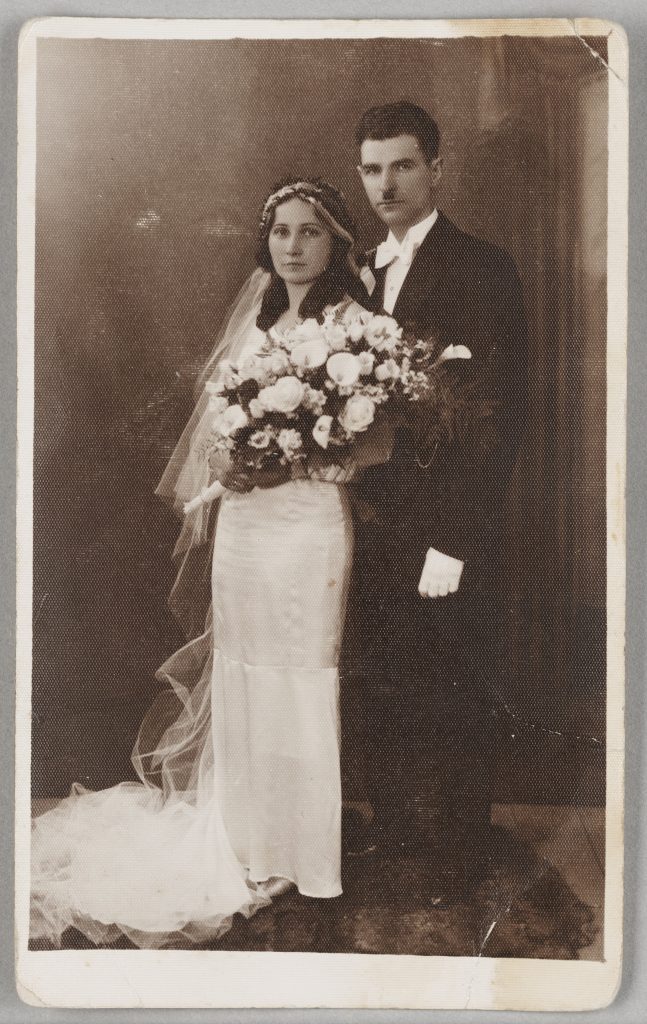
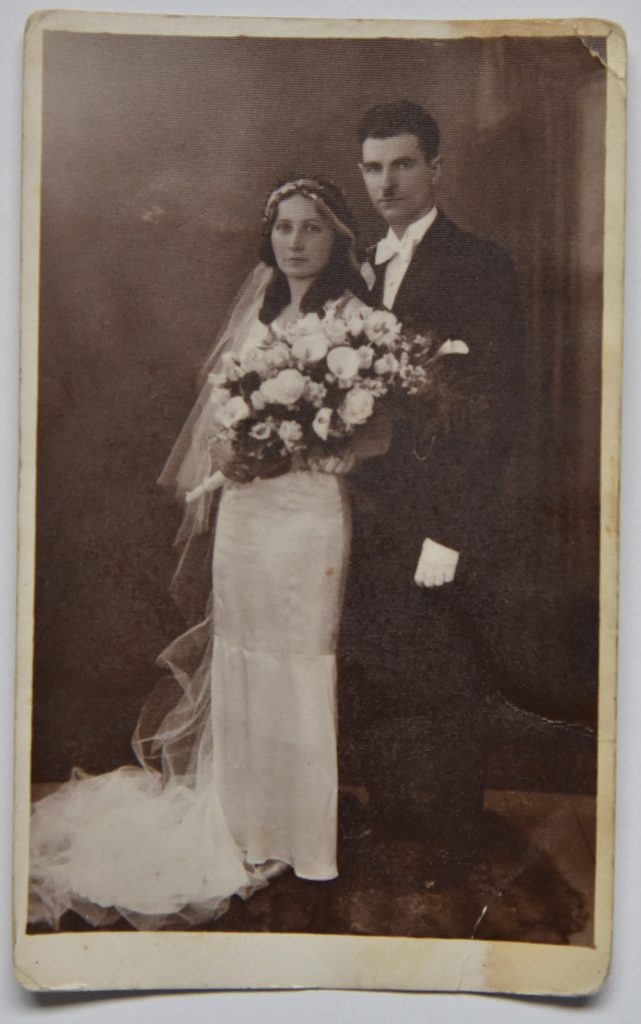
Thanks to the presentation, the audience, including the donor herself, had the opportunity to see a comparison of what the photographs from Teresa Borowska’s archive looked like when she donated them to the collection of the Sybir Memorial Museum and after the conservation. The effects are impressive — we invite you to see it for yourself!
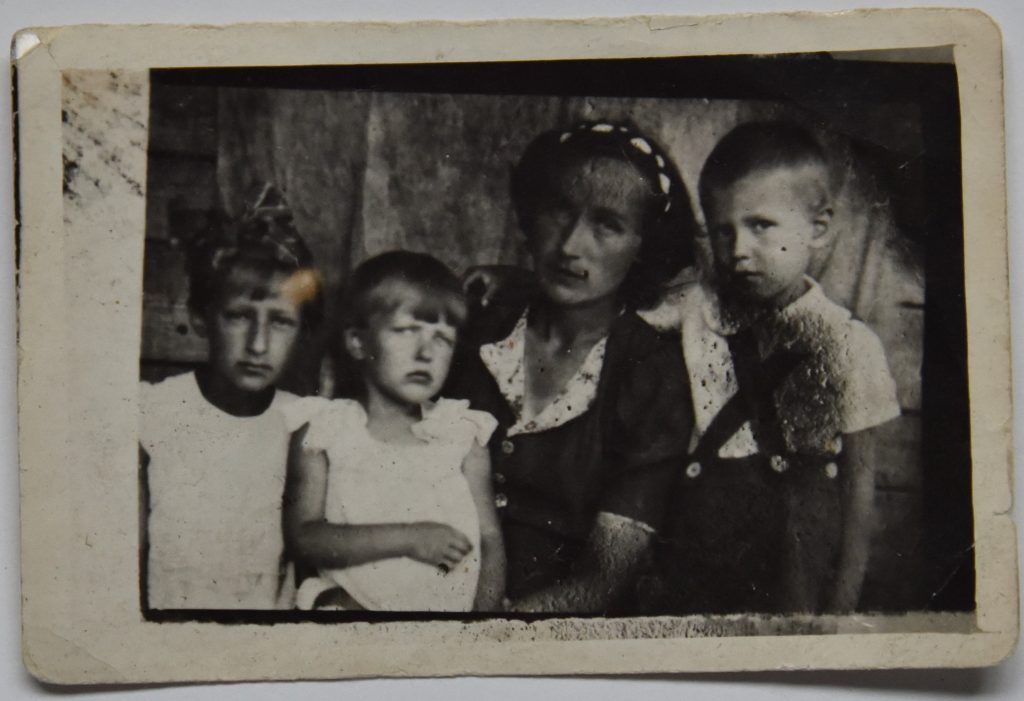
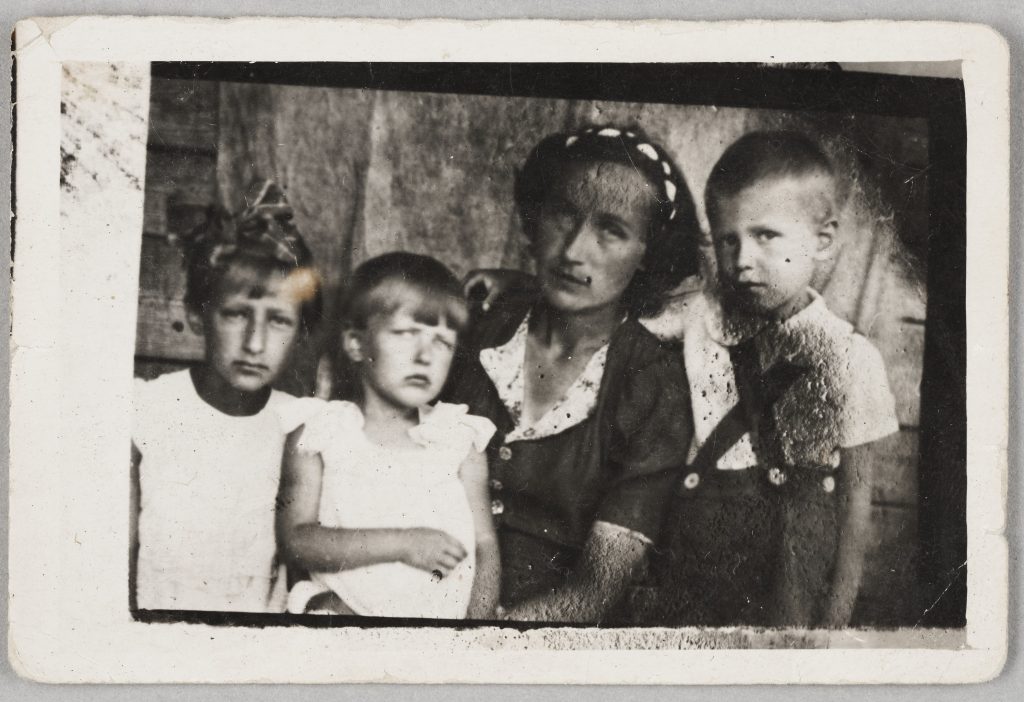
The display case with our “Exhibit of the Month” can be found in the upper hall of the Sybir Memorial Museum. Mementos of the Walkiewicz family can be seen until April 7.




